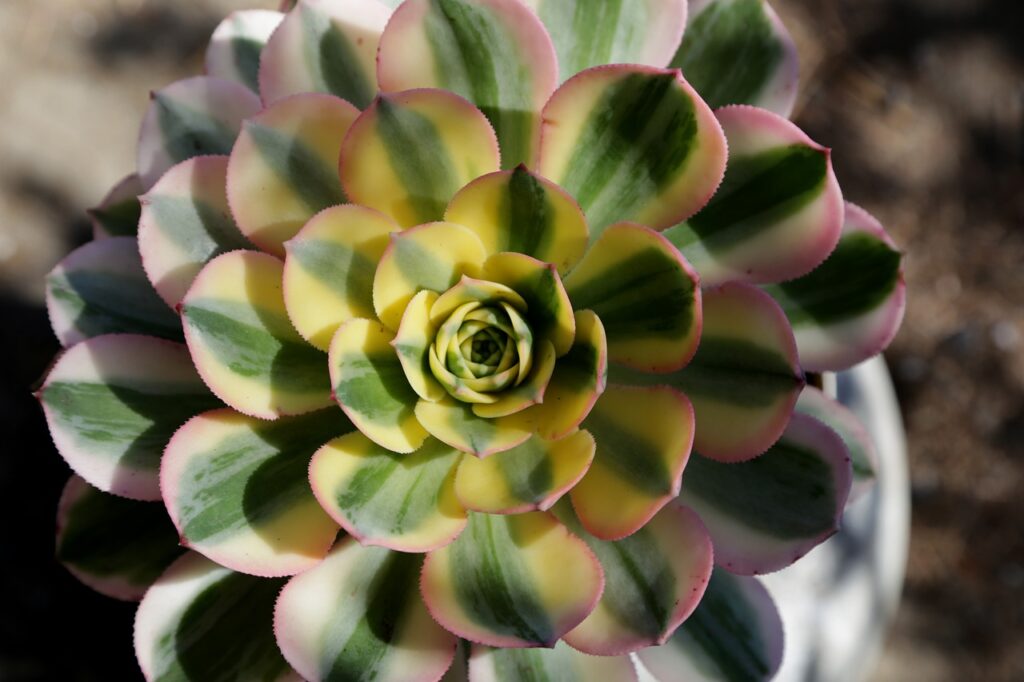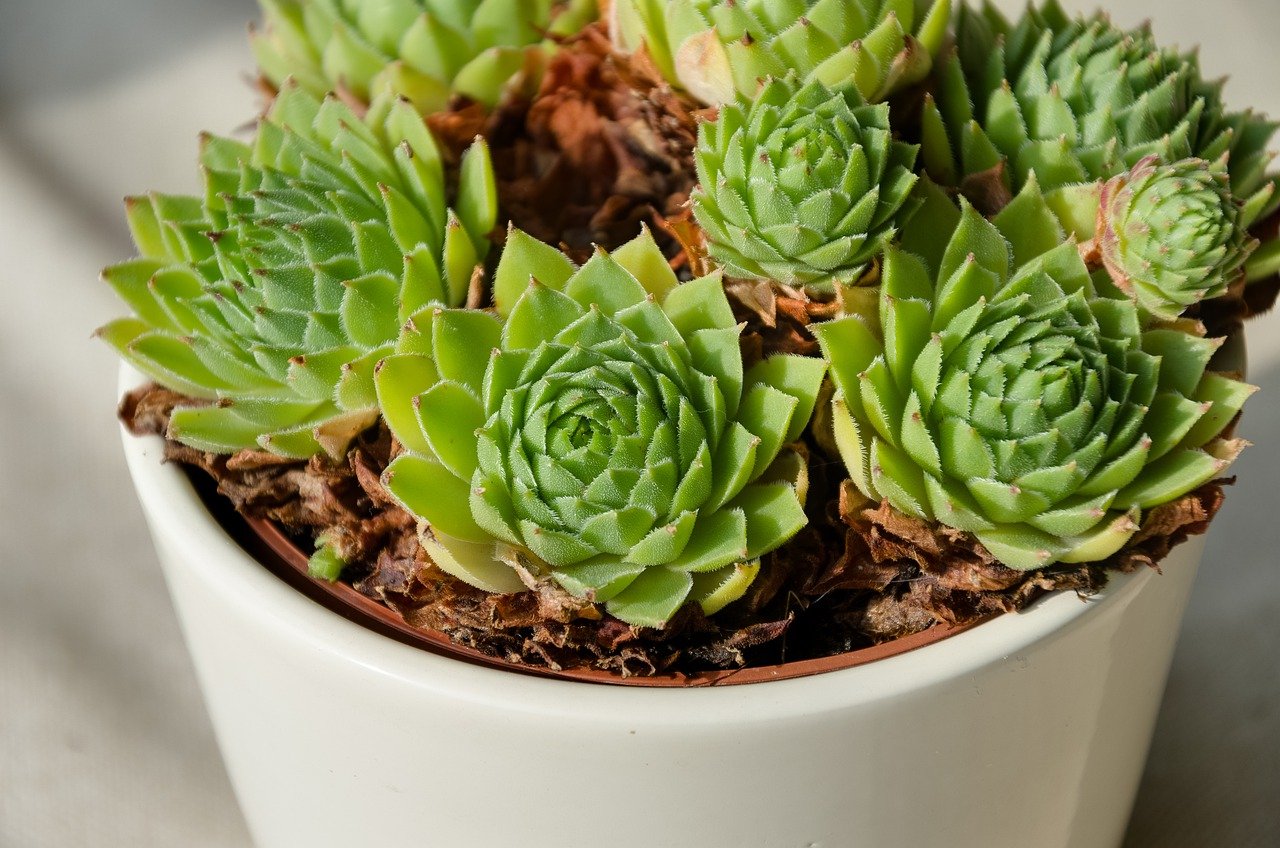Aeonium: Features and Care

Aeonium is a succulent plant known for its distinctive and beautiful rosette-shaped leaves. Its unique form and vibrant colors make it a popular choice as an ornamental plant.
This article provides detailed information about Aeonium’s basic characteristics, cultural and historical background, and care tips.
Basic Information
- Scientific Name: Aeonium spp.
- Family: Crassulaceae
- Origin: Canary Islands, North Africa
- Appearance: Aeonium is characterized by its radiating rosette-shaped leaves. Depending on the species, the leaves vary in color and shape, including green, purple, red, and even nearly black hues. The height ranges from compact species, around 10 cm, to larger varieties that can grow over 1 m tall.
- Blooming Season: Aeonium blooms primarily from spring to early summer, producing small yellow or white flowers. However, many species’ rosettes wither after flowering, making this plant more valued for its foliage than its blooms.
Cultural Significance Worldwide

Aeonium is widely appreciated as an ornamental plant in Europe and North Africa. In the Canary Islands, where it is native, the plant contributes to the local landscape and is even a tourist attraction. It is often incorporated into gardens and outdoor decor.
In recent years, Aeonium has gained popularity among gardening enthusiasts and interior designers worldwide. It is a staple in succulent arrangements and terrariums. The plant’s unique leaf shapes and color variations also align well with minimalist modern design, making it a popular choice for contemporary spaces.
Historical Episodes
Aeonium was introduced to Europe in the late 18th century by explorers and botanists from the Canary Islands and North Africa. Its ability to adapt to arid conditions garnered attention, and it became a staple in greenhouses across Europe.
Later, it underwent selective breeding for ornamental purposes, leading to the diverse species available today. In the 19th century, during the Victorian era in England, Aeonium was celebrated as an “exotic plant” and found a place in aristocratic greenhouses and gardens. Its durability and distinctive appearance have made it a symbol of succulents in modern horticulture.
Gardening Advice

Aeonium is a hardy plant and relatively easy to grow, making it suitable for beginners. Below are care tips categorized for convenience:
Sunlight
Prefers bright, indirect sunlight. In regions with intense sun, partial shade or filtered light is ideal. For indoor growth, place it in a well-lit spot, such as a south-facing window.
Watering
During its growing seasons (spring and fall), water thoroughly when the soil is dry. Overwatering can cause root rot, so avoid excessive moisture. In winter and summer dormancy, reduce watering to once or twice a month.
Soil
Use well-draining soil, such as a succulent potting mix. If making your own mix, combine garden soil with sand or pumice.
Fertilizer
Apply a diluted liquid fertilizer once a month during the growing season. Avoid over-fertilizing, as it can harm the plant’s color and shape.
Pruning
Remove dead leaves and spent flowers regularly to improve airflow. Pruned stems can be used for propagation via cuttings.
Winter Care
Aeonium is sensitive to cold; maintain temperatures above 10°C (50°F) in winter. Place it indoors in frost-free conditions.
Conclusion
Aeonium’s unique appearance and ease of care have made it a favorite among succulent enthusiasts and interior decorators. Understanding its history and cultural background can deepen your appreciation for this extraordinary plant.
Why not introduce Aeonium into your living space and enjoy its distinctive beauty?




